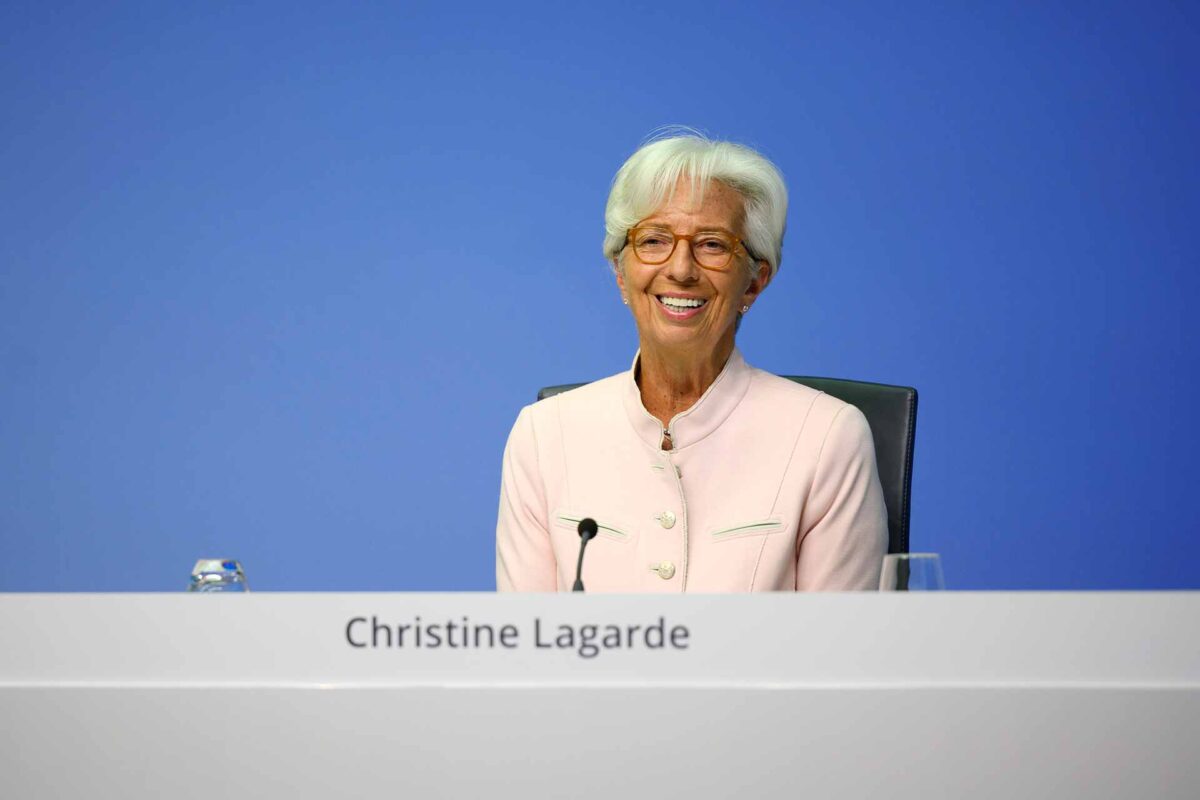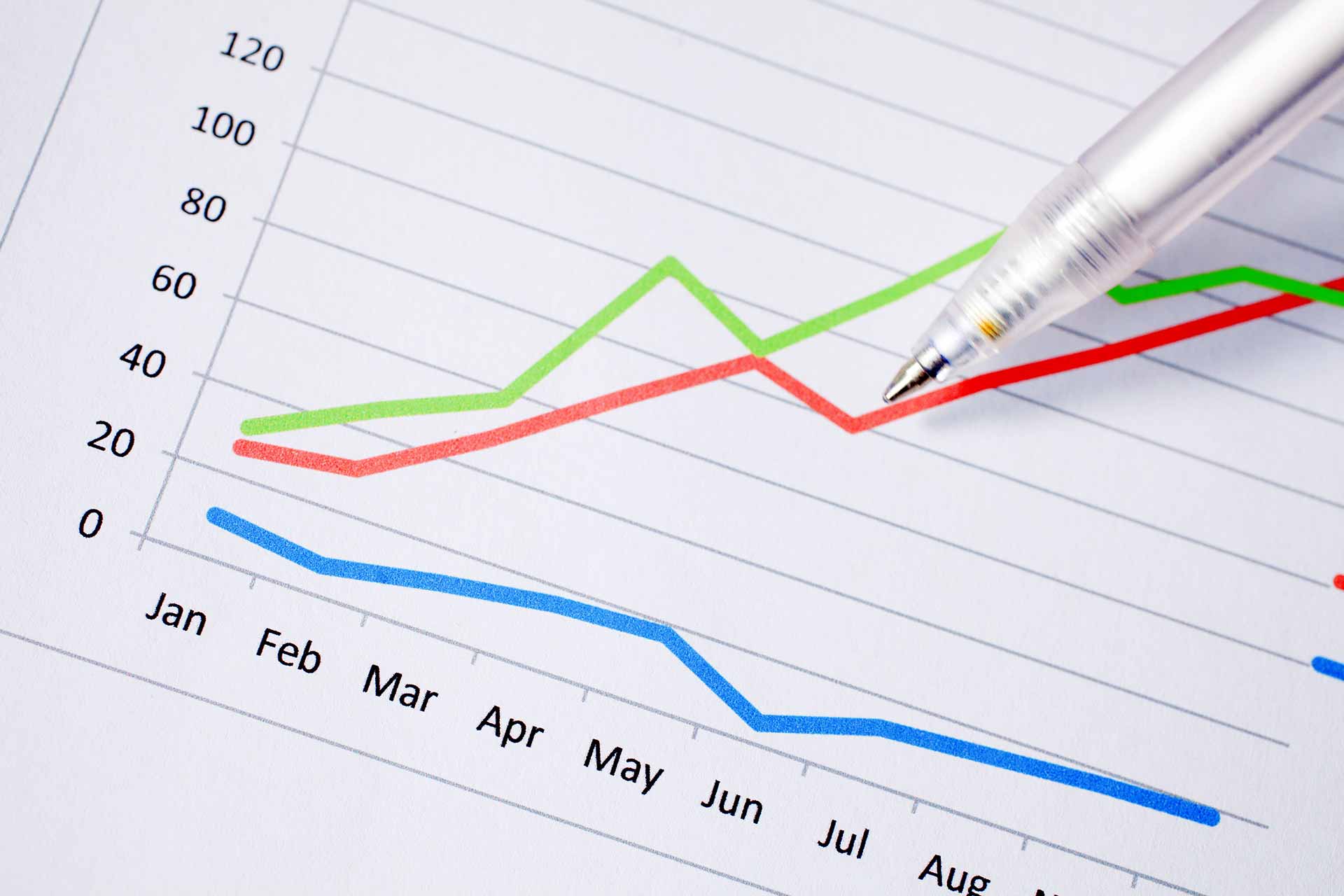Lagarde wants to make ECB a climate change pioneer and give a new role to European central banks to think green, considering climate risk. Climate change is one of the greatest challenges faced by mankind this century. There is now broad agreement that ECB should act. But that agreement needs to be translated more urgently into concrete measures. The ECB will contribute to this effort within its mandate, acting in tandem with those responsible for climate policy.
Unlike the mice in the fable, not only do we have to recognise that we cannot keep waiting for someone else to act. ECB also recognise that the burden cannot fall on one party alone. There is no single panacea for climate change, and combating it requires rapid progress along several dimensions. Relying on just one solution, or on one party, will not be enough to avoid a climate catastrophe. And here we can actually learn something from mice, Christine Lagarde said. As the Roman playwright Plautus wrote, “How wise a beast is the little mouse, who never entrusts its safety to only one hole”.
ECB a climate change pioneer

Christine Lagarde wants to make ECB a climate change pioneer. ECB should think green when designs policies and considers climate risk when buying assets or accepting them as collateral. The ECB said on Monday it will dedicate a team of 10 bank employees, reporting directly to President, to set the central bank’s agenda on climate-related topics.
“Climate change can create short-term volatility in output and inflation through extreme weather events, and if left unaddressed can have long-lasting effects on growth and inflation,” Christine Lagarde said.
Dealing with climate-related risks
Dr Jens Weidmann, President of the Deutsche Bundesbank eu debates the role of central banks play in combating climate change. He gave a great speech at the ILF Online-Conference “Green Banking and Green Central Banking: What are the right concepts?” in Goethe University Frankfurt.
Some would like to see central banks in a similar role. In their view, not only are we supposed to ensure price stability, help with supervising banks and safeguarding financial stability, foster growth or promote employment. Some also expect central banks to act as a rapid response unit for every economic crisis. Act to keep sovereign financing costs low or provide savers with adequate interest rates. Recently, another item has been added to the wish list. Central banks are being called upon to assume an active role in climate policy.
One thing is clear: climate change presents a challenge for all of humanity. The Swiss playwright Friedrich Dürrenmatt wrote in an appendix to his play The Physicists: “What concerns everybody can only be solved by everybody.” Therefore, every institution is right to ask itself what contribution it can make to mitigating climate change within the remit of its mandate.
The mandates of central banks
The mandates of central banks and financial supervisors vary. They typically include price stability, financial stability and the soundness of financial institutions. Climate change and climate policies can affect all of these mandates. They may have an impact on macroeconomic and financial variables such as output, inflation, interest rates and asset prices, while altering the underlying structure of our economies. It is therefore essential for central banks to gain a full understanding of these repercussions for the functioning of the economy and the financial system.
We need to embed climate-related developments and risks in our analyses and update our analytical and forecasting toolkits accordingly.
Dr Jens Weidmann, President of the Deutsche Bundesbank
Regarding the impact on the financial system and the economy, climate change entails both physical and transition risks. First, physical risks result from persistent changes in climate and more frequent extreme weather events. Goethe himself experienced first-hand the enormous impact extreme weather can have. In his day, this was caused by a volcanic eruption far away on an Indonesian island. The year 1816 went down in history as the “Year Without a Summer”. People suffered from the cold and from persistent rain; crops failed and famine broke out. Second, transition risks relate to the process of adjustment towards a lower-carbon economy.
Central banks are not commercial banks
Both the physical impact of climate change and the transition to a less carbon-intensive economy can be a source of financial risk. For example, the ECB found in a sample of euro area banks that the exposures to the twenty largest emitters of carbon account for 20% of total large exposures. Central banks are not commercial banks. But financial assets can be just as exposed to financial risk as those of commercial banks. In this regard, central banks should practise what they preach.
The significance of climate change for the Bundesbank’s tasks
Clearly, it is in every market participant’s interest to properly protect themselves against climate-related financial risks by adjusting their risk management accordingly. Thus, first and foremost, it’s up to the financial sector to recognise and take into account such risks. Whether and how this is done has a bearing on several of our tasks as a central bank.
Every new beginning is difficult. But, to echo the king in Lewis Carroll’s “Alice in Wonderland”, we have to “Begin at the beginning.” According to a survey conducted by the ECB and the EBA, only a small number of institutions have fully incorporated climate-related risks into their risk management framework already.















